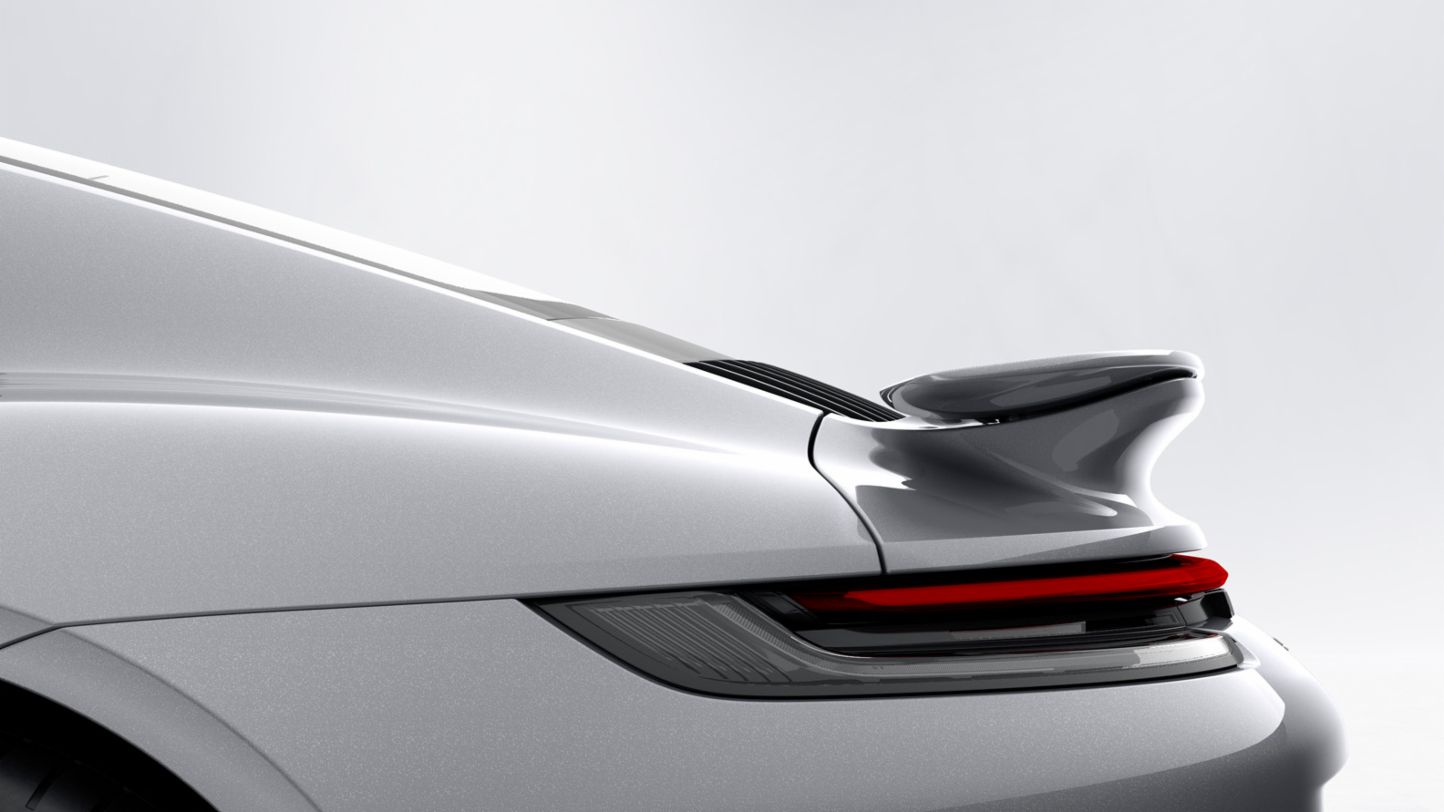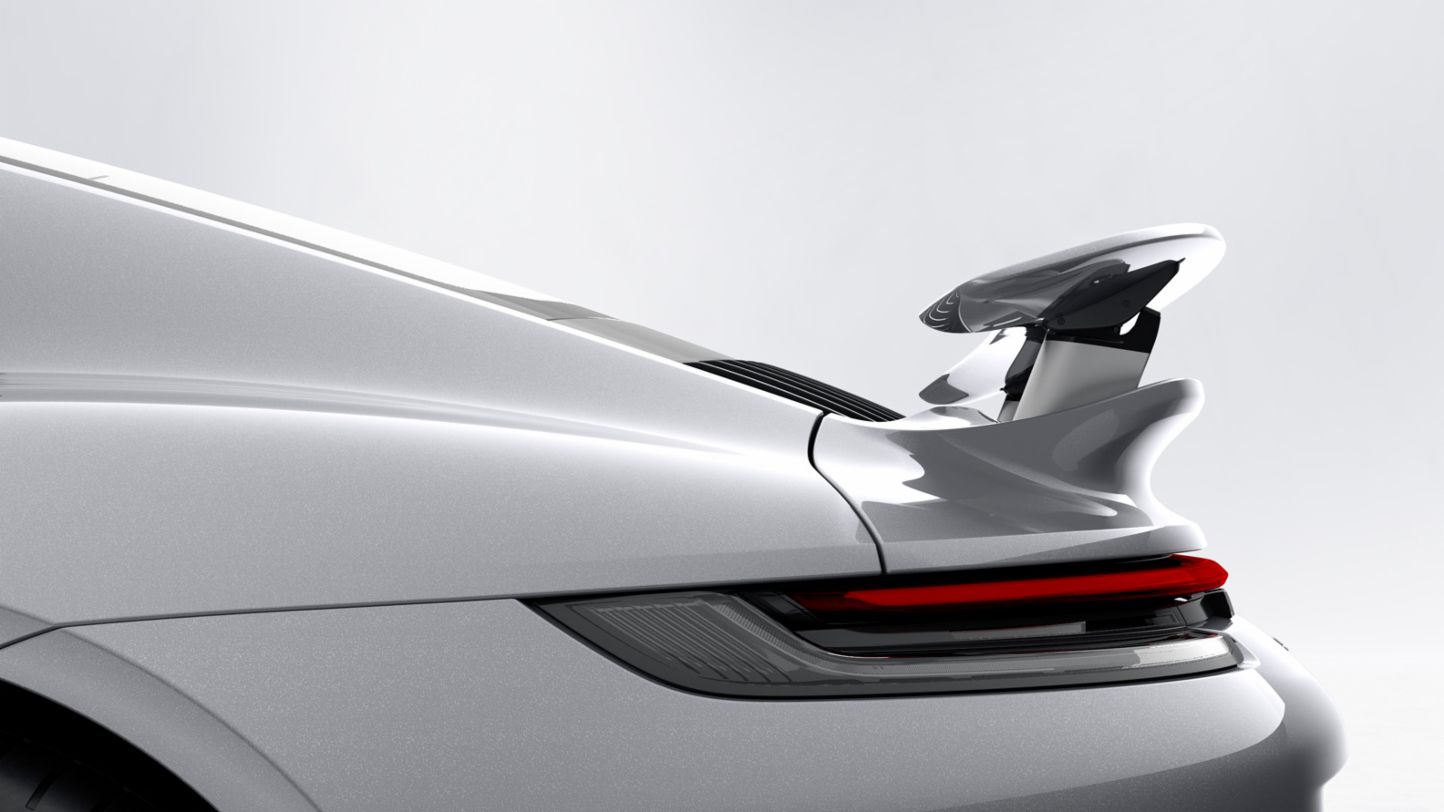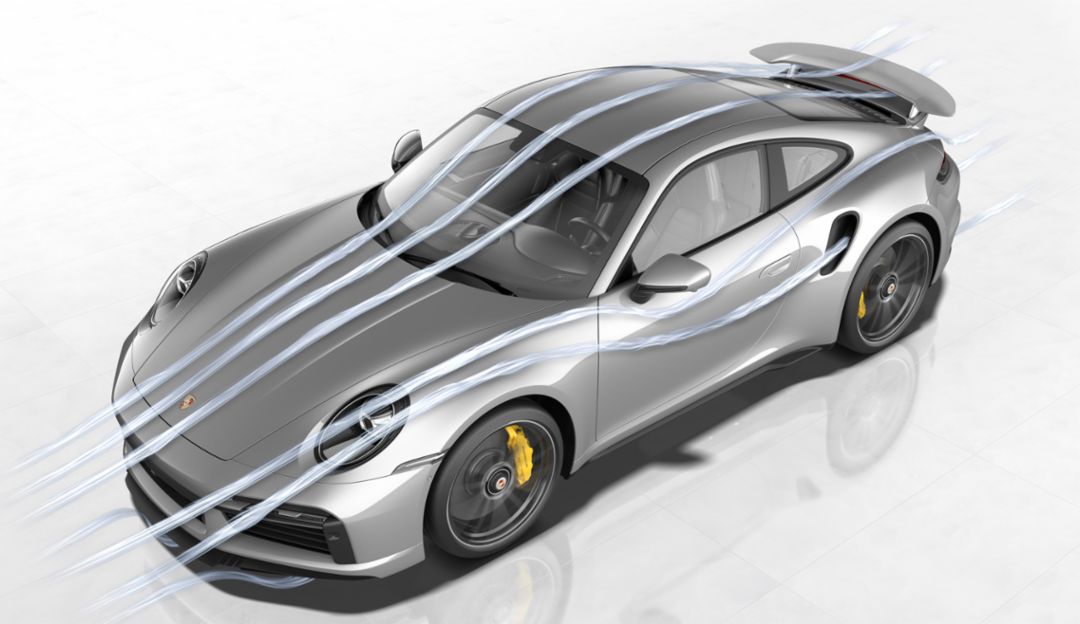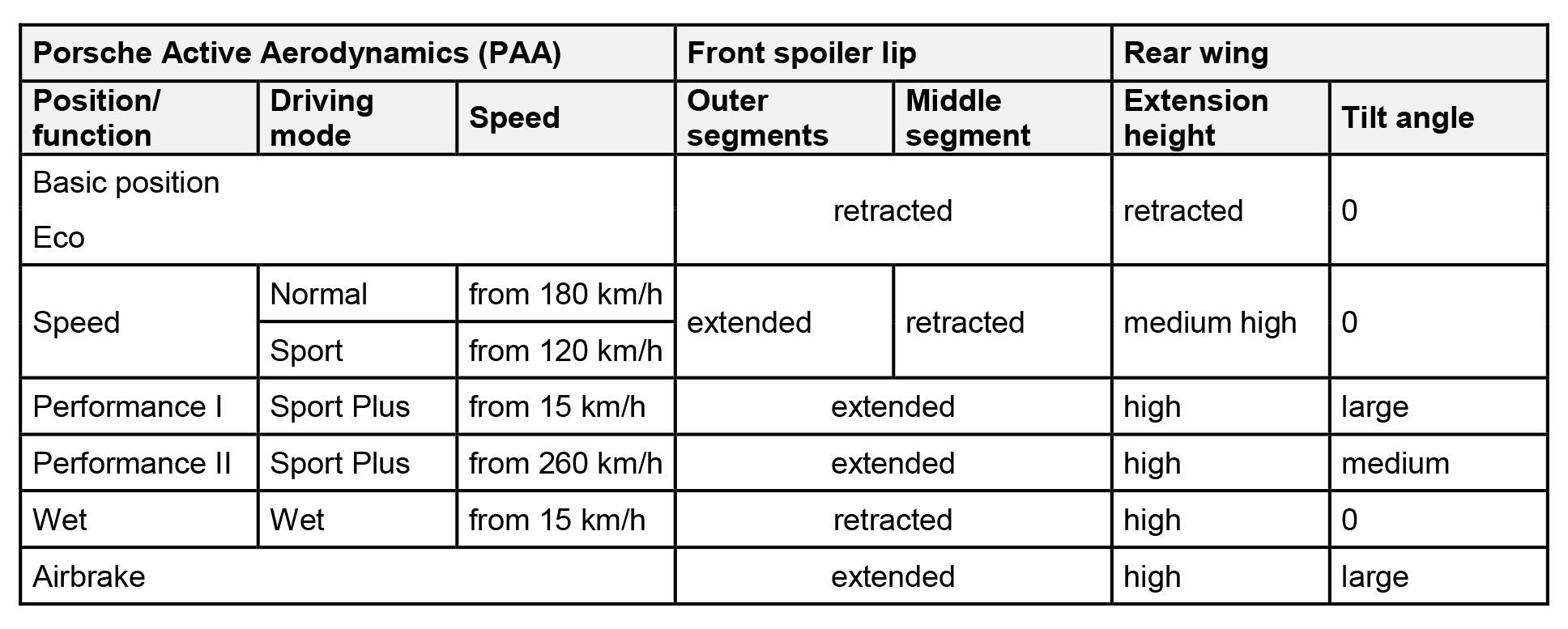Porsche Active Aerodynamics Is At The Heart Of The 911 Turbo S
The Porsche 911 Turbo S remains the pinnacle of sports car engineering. Proof of this is the Porsche Active Aerodynamics (PAA) system which comes standard in the 911 Turbo S. The system not only enhances comfort, efficiency, and dynamism of the newest 911, but it allows the vehicle to automatically adapt and provide the best aerodynamic setup in any conceivable scenario.
Porsche's active aero system made its debut in the previous 911 Turbo back in 2014. From then, all Porsche models including the Panamera, 718, and Taycan EV came standard with a version of PAA. In the new 911 Turbo S, the system consists of adjustable cooling flaps, an active rear wing, and an active front spoiler to tame the airflow.
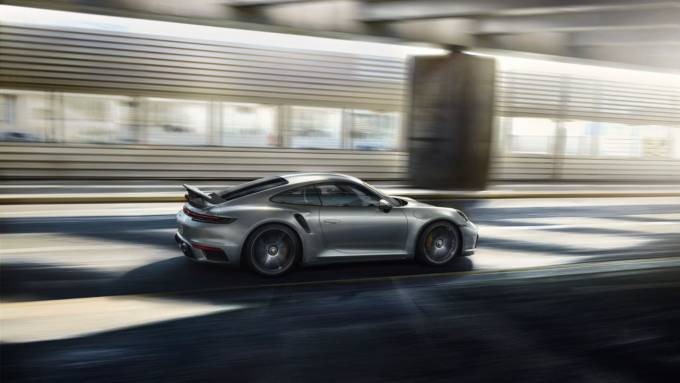
"We aerodynamic engineers are normally faced with a dilemma: a low drag coefficient is desirable for maximum speed and low consumption, while a high downforce is advantageous for driving dynamics," said Dr. Thomas Wiegand, Head of Aerodynamics Development at Porsche. "PAA resolves the conflicts between these different aerodynamic goals."
New for the 911 Turbo S are active cooling flaps in the front air intakes. These cooling flaps automatically close at lower speeds and open linearly at higher speeds to achieve an optimum aerodynamic balance. Also, the cooling flaps react accordingly to the selected driving mode. According to Porsche, the cooling flaps are fully open when Porsche Stability Management (PSM) is off or when driving in Sport, Sport Plus, or Wet driving modes.
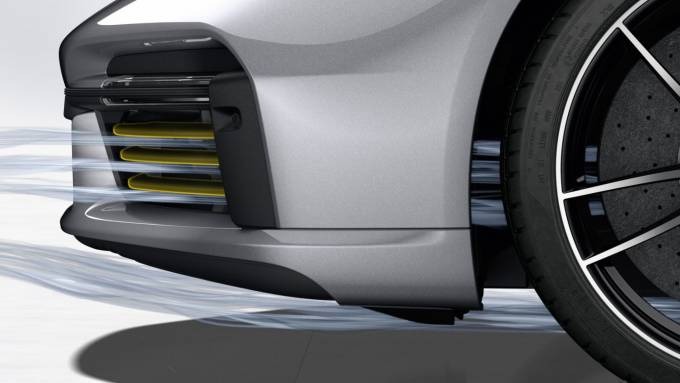
Meanwhile, the Porsche 911 Turbo S is also equipped with an active front spoiler divided into three segments. In the normal position, the spoiler lip is retracted to offer the smoothest possible airflow. At higher speeds, the two outer areas of the lip spoiler are extended to reduce front-axle lift. But in high-performance mode, all three segments of the spoiler are extended to offer maximum downforce and better grip.
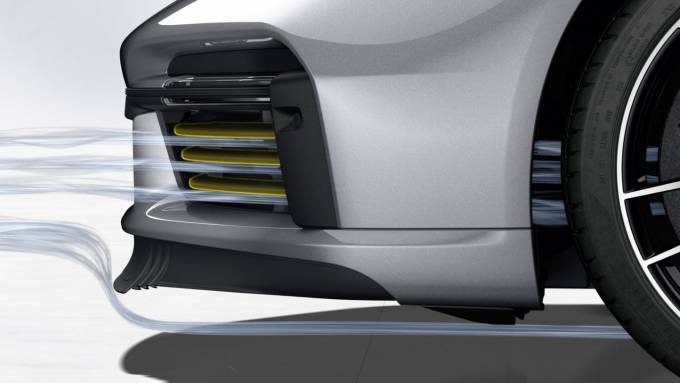
"No other sports car reacts to different situations with such aerodynamic flexibility as the new 911 Turbo S," added Dr. Wiengard. "The comprehensive expansion of the intelligent system in the 911 Turbo S makes it possible to achieve a much larger spread between the aerodynamic configurations for optimum driving dynamics and minimum drag."
The new 911 Turbo S is also equipped with a lightweight active rear wing. At lower speeds or when driving in Eco mode, the wing is retracted to offer smoother airflow. But as you go faster, the rear spoiler automatically raises and tilts to literally push the rear axle to the ground for better handling and stability. It also functions as an airbrake as you push hard on the brake pedal.

Porsche has not only proven the 911 Turbo S is highly customizable, but it can alter its aerodynamic profile depending on vehicle speed and driving mode. Powering the 911 Turbo S is a recalibrated 3.8-liter turbocharged flat-six with 640 horsepower and 590 pound-feet of torque. With the help of active aerodynamics, it rushes from 0 to 60 mph in 2.6-seconds.

